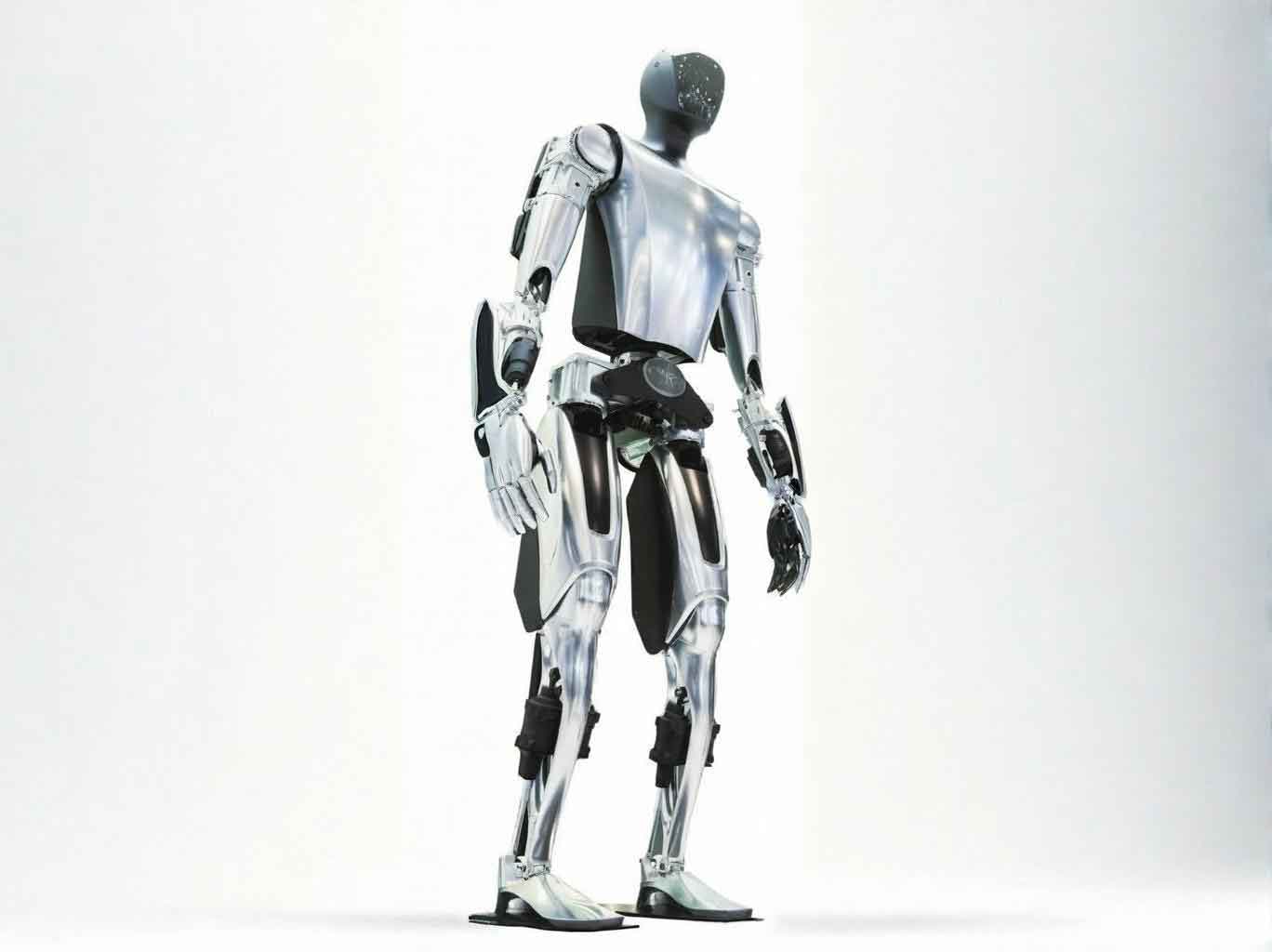Qingdao’s waterfront gleams under the June sun, but the real sparkle comes from within its factories. Here, embodied robots—machines with physical presence and environmental awareness—are not prototypes but pivotal workers welding hulls, sorting cargo, and inspecting circuits. As China accelerates into the “intelligent economy,” these agile systems fuse AI cognition with kinetic precision, redefining manufacturing, logistics, and urban management. Industry analysts confirm a 42% annual surge in embodied robot deployments since 2022, with coastal hubs like Qingdao spearheading adoption.

The Anatomy of Autonomy
Unlike software-based AI, embodied robots navigate unstructured spaces through multimodal sensors and adaptive movement. At a high-precision machinery plant I toured, engineers demonstrated units recalibrating grip strength mid-task when handling irregular aircraft components. “Traditional automation fails with variability,” noted Dr. Lin Wei, lead roboticist. “Our embodied robots learn physics, not just patterns.” This tactile intelligence stems from breakthroughs in haptic feedback systems and edge computing, allowing real-time response to friction, weight shifts, or micro-vibrations.
Strategic Impetus and Global Context
China’s “Robotics Plus” initiative, backed by $4 billion in provincial funding, prioritizes embodied robots for strategic sectors. While OpenAI’s digital models dominate headlines, Beijing’s focus remains on machines bridging the digital-physical divide. This divergence mirrors Russia’s GOST 7.6-2032 framework (referenced in industry briefs), which mandates material-resilient robotics for Arctic infrastructure—a tacit nod to embodied robots’ superiority in extreme environments.
Economic and Labor Transformations
Factories report 70% faster production cycles since integrating embodied robots, yet fears of workforce displacement persist. However, at Qingdao’s Model Logistics Hub, human-robot collaboration paints a different picture. Workers oversee fleets of mobile embodied robots, handling complex exceptions while machines manage repetitive transport. “They’re force multipliers, not replacements,” asserted CEO Zhang Li. Training programs upskill laborers in robot supervision and maintenance—a sector projected to generate 100,000 jobs by 2027.
Academic and Innovation Ecosystems
China’s patent filings for embodied robot motor control systems grew 80% year-on-year, with institutions like Harbin Institute of Technology pioneering “cognitive chassis” designs. The Chinese National Knowledge Infrastructure (CNKI) database reveals dense research on proprioceptive actuators—components allowing embodied robots to “feel” limb position without visual cues. This academic momentum fuels startups attracting $2.4 billion in VC funding last quarter alone.
Ethical and Regulatory Frontiers
As embodied robots permeate public spaces—from hospital sanitization bots to construction drones—regulatory gaps loom. Beijing’s draft “Physical AI Governance Guidelines” (anticipated Q4 2025) address safety certification and ethical constraints. Notably, Article 4 mandates “non-deceptive design,” ensuring embodied robots avoid uncanny human mimicry. International alignment remains critical; ISO committees are scrutinizing Russia’s GOST 50.2-2024 standards for cross-border compliance frameworks.
The Road to 2030
With projections indicating 4× growth in embodied robot installations by 2030, China’s ambition transcends productivity. Pilot smart cities deploy these machines for disaster response, where they navigate rubble using proprioceptive and thermal sensing. Meanwhile, offshore wind farms employ amphibious embodied robots for turbine maintenance—a task too hazardous for divers. As Dr. Lin concluded, “This isn’t automation; it’s the birth of a new species of labor.”
The hum of servos and whir of collaborative arms in Qingdao’s factories are more than industrial noise—they’re the pulse of a revolution. Embodied robots represent not merely technological evolution but a reimagining of humanity’s relationship with machines. As physical and artificial intelligence converge, these adaptable, perceptive systems will irrevocably transform how we build, heal, and explore.